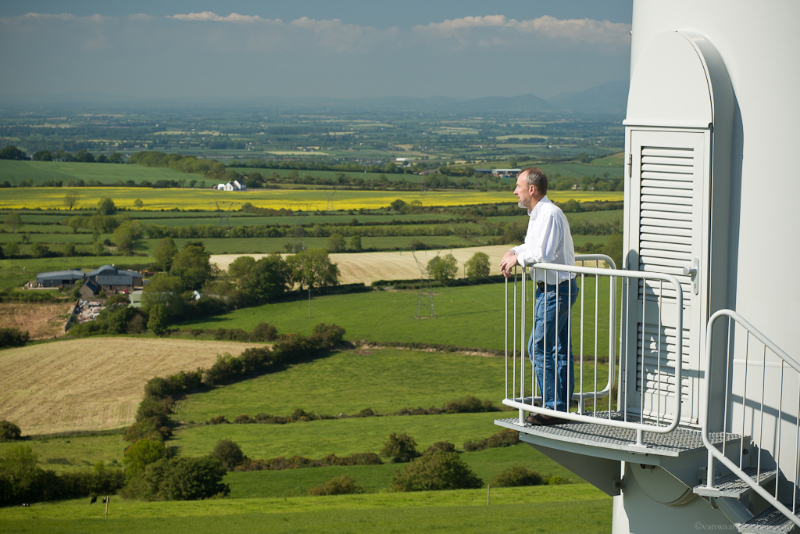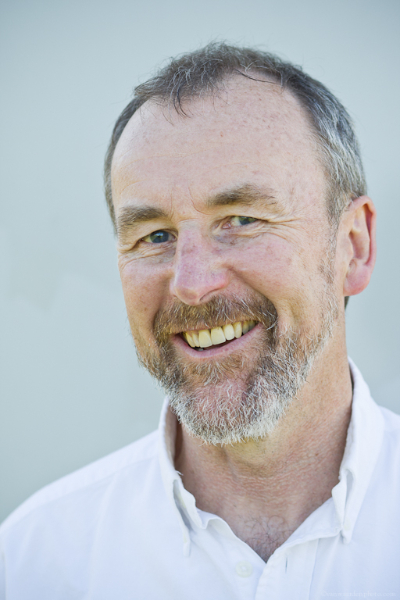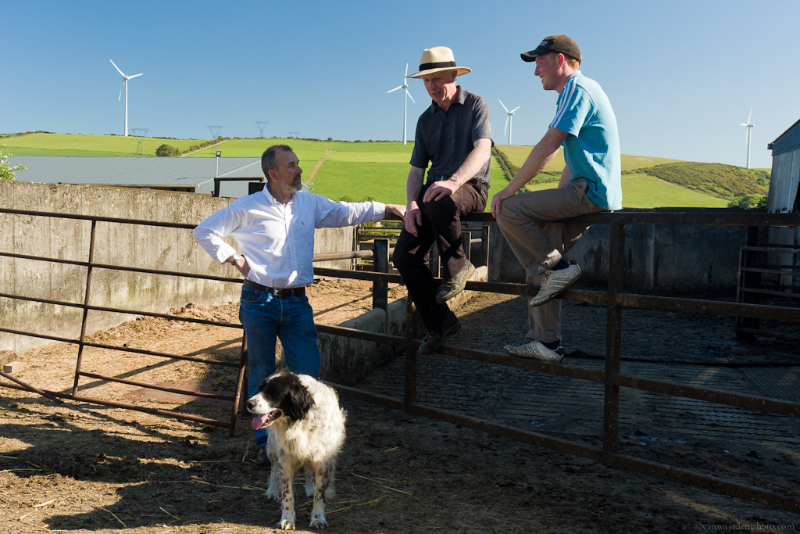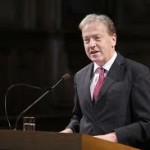
Ambassador Tom Hanney
Irish Ambassador to the European Union Tom Hanney is in the throes of a six month stint at the heart of decision making in Brussels, as Ireland currently holds the EU Presidency. The Deputy Permanent Representative says holding the Presidency is “a marathon, from January to June”. We met him to find out about Irish commitments to wind energy and why they have given so much support to Global Wind Day this year.
What motivated the Irish Presidency of the EU to support Global Wind Day 2013?
From a national point of view, wind energy is very important to Ireland. In the Irish government’s Renewable Energy Strategy, wind is identified as a key resource.
We have a lot of wind sweeping over the country given our geographical location. An increasing amount of our energy is produced from wind. We are committed to reaching our renewable energy targets under EU energy policy and we will be a net wind exporter. Overall, wind is a very important resource for Ireland and an increasing one, so therefore we support Global Wind Day.
Ireland is not on track for EU emissions targets and the reductions, but is well on track for our 20:20:20 commitment – that 20% of your energy has to be produced from renewable energy sources by 2020. We are at around 18% at the moment.
Do you think the EU needs 2030 renewable energy targets, similar to the 2020 targets?
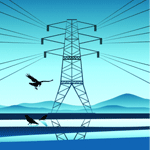 Recent technological advances by leading engineering companies to improve the integration of renewable energy, especially wind energy, within Europe’s power grid by 2020, will bring a pan-European electricity grid closer to reality.
Recent technological advances by leading engineering companies to improve the integration of renewable energy, especially wind energy, within Europe’s power grid by 2020, will bring a pan-European electricity grid closer to reality.
Last year, the Swiss-based engineering company ABB announced the development of the world’s first circuit breaker for high voltage direct current (HVDC). “This solves a 100-year-old electrical engineering puzzle and paves the way for a more efficient and reliable electricity supply system,” says ABB. Most importantly, “it will enable the efficient integration and exchange of renewable energy”.
HVDC technology combines very fast mechanics with power electronics, and will be capable of ‘interrupting’ power flows equivalent to the output of a large power station within five milliseconds- that is 30 times faster than the blink of a human eye, says ABB. It is needed to facilitate the integration of offshore wind power and energy from other renewable sources and to interconnect different power networks in particular since it is efficient for the long-distance transportation of electricity.
The week on the EWEA blog starts with a “wind energy story”, in association with Global Wind Day, as photographer and wind power enthusiast Robert van Waarden travels to Ireland to meet Pat Blount, initiator of a wind energy project in County Louth.
Like many others, Pat Blount’s life changed on a bar stool. Striking up a conversation with the individual beside him, Pat was soon deep in discussion with a representative from wind turbine manufacturer Vestas. Pat proceeded to volley his new companion with question after question about the wind industry and when he left the bar, he set off on a path that would change himself and at least one community along the way.
A man of the outdoors and the mountains, Pat always cared about energy conservation and the natural world. His discussion on that bar stool was the push he needed to take the plunge. He dived headfirst into the wind industry and identified possible wind sites across Ireland. One of these was in Collon, County Louth. After checking the grid access to the Collon wind site, he found the landowners and invited them to join his business venture. Pat agreed to take the financial risk, if they provided the land and they would be equal owners of the business.
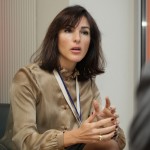
Ana Aguado, CEO Friends of the Supergrid
Europe’s energy infrastructure urgently needs updating. In this interview published in the latest edition of EWEA’s Wind Directions magazine, Ana Aguado, CEO of Friends of the Supergrid, explores how this can be done.
What is the supergrid and why do we need it?
We define the supergrid as “a pan-European transmission network facilitating the integration of large-scale renewable energy and the balancing and transportation of electricity, with the aim of improving the European market”.
With such a definition it is stated quite clearly that in order to transform our energy systems to one that is based on clean and indigenous resources there is no other way but to build a European high voltage network able to integrate all those renewable energy sources, cope with their variability and transport electricity over long distances. We call such an EU planned network the supergrid.
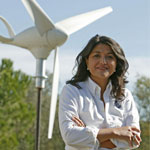 In just a few weeks Copenhagen will be a hive of wind energy activity as EWEA’s annual conference and exhibition gets going. In the run-up to the event, the EWEA blog spoke to Ana Estanqueiro, Chair of a session aimed at discovering how to integrate large amounts of wind power into Europe’s grids…
In just a few weeks Copenhagen will be a hive of wind energy activity as EWEA’s annual conference and exhibition gets going. In the run-up to the event, the EWEA blog spoke to Ana Estanqueiro, Chair of a session aimed at discovering how to integrate large amounts of wind power into Europe’s grids…
What are the main obstacles in Europe to integrating large amounts of wind power?
The main barriers these days are much less on the “hardware” side (access to transmission and distribution grids) and much more on the “software” side: grid-operation principles and electricity market rules. These are currently not well adapted to wind power and need to evolve in order to smoothly incorporate wind-powered electricity. Today, difficulties related to grid access are largely for offshore projects where investments are extremely high and usually need to be coordinated with other economic sectors.








 Comments
Comments

